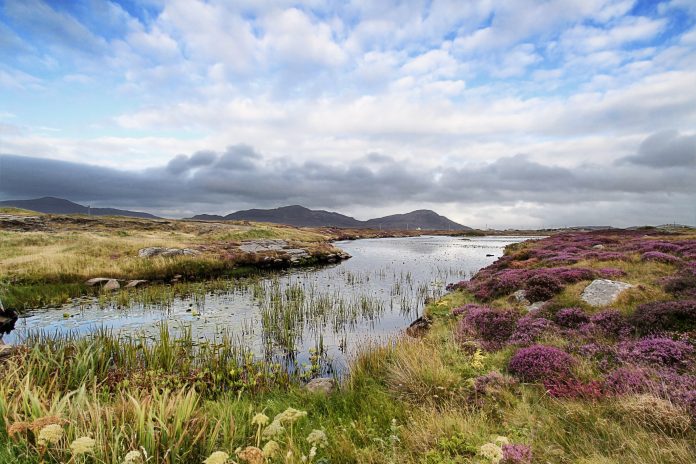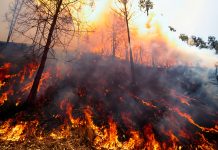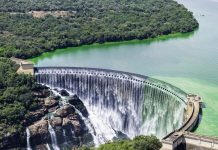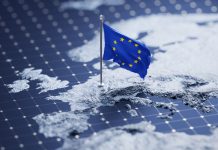A new study published in Nature Water shows that restoring Europe’s wetlands could play an essential role in reducing nitrogen pollution in rivers, significantly improving water quality while having minimal impact on agriculture
The study emphasises how wetlands act as natural filters, removing harmful nitrogen from water and preventing it from reaching Europe’s seas.
Europe’s wetlands currently remove over 1 million tons of nitrogen each year. Without this filtering, nitrogen levels in rivers flowing into the sea would be 25% higher, leading to worsening water pollution levels.
By carefully restoring some of the wetlands lost over the past two centuries, researchers say Europe can take significant steps toward meeting water quality goals in major rivers like the Rhine, Elbe, and Vistula.
The history of wetland loss
Since the Industrial Revolution, about 70% of Europe’s historical wetlands have been drained or destroyed, mainly for agriculture and urban development. Countries like Ireland, Germany, Finland, and Italy have lost more than three-quarters of their wetlands.
This massive loss has weakened nature’s ability to absorb nitrogen pollution, contributing to widespread water quality issues. Now, more than a third of European rivers and coastal waters are considered eutrophic, meaning they suffer from excessive nutrients, leading to problems such as algae blooms, dead zones, and a loss of aquatic biodiversity.
Despite strong EU water protection laws, nitrogen pollution remains a serious challenge, driven by fertilisers, livestock waste, wastewater, and air pollution from fossil fuels.
Targeted restoration with minimal impact
The study suggests a promising strategy to restore wetlands in areas where farmlands are projected to be abandoned by 2040. This would bring back around 15% of the lost wetlands and reduce nitrogen pollution by 22%, with little disruption to current agriculture.
In some river basins like the Rhine, Elbe, Oder, and Vistula, the benefits of this approach are even bigger. These regions have both high nitrogen pollution and a large amount of lost wetlands, making them ideal targets for restoration efforts.
For a larger impact, restoring 27% of drained wetlands, about 3% of Europe’s total land area, could reduce nitrogen loads by up to 36%. However, this bigger strategy may have greater implications for active farmland and would require more careful planning.
A cost-effective investment in the environment
Restoring wetlands does come with a cost, which varies depending on land type and location. But when the full environmental benefits are considered, including carbon capture, flood control, biodiversity support, and water purification, the gains often outweigh the risks.
Currently, nitrogen pollution causes environmental damage estimated between EUR 70 and 320 billion annually. The cost of restoration ranges from EUR 17 to 358 billion, depending on the scenario, but strategic investments can make restoration affordable and effective.
Moving forward
To succeed, wetland restoration must be supported by EU policies and national strategies. The study calls for aligning restoration projects with the European Green Deal, the Nature Restoration Regulation, and the Common Agricultural Policy. By using payment schemes for ecosystem services and supporting farmers in restoring habitats on unused land, Europe can foster a green transition that benefits both people and nature.











